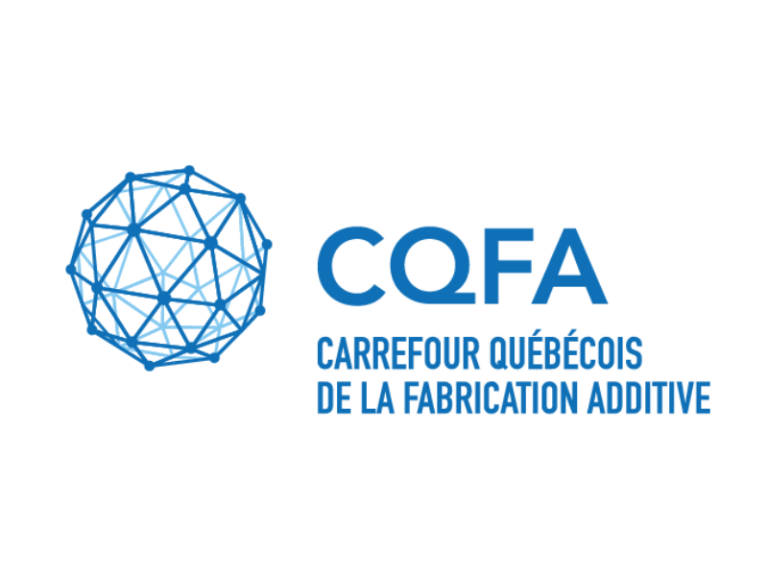
2023/11/16
Soudabilité des pièces en acier inoxydable 316l produites par la fabrication additive métallique
Hamdi, S. (2023). Soudabilité des pièces en acier inoxydable 316l produites par la fabrication additive métallique. Thesis.
Metal additive manufacturing offers high design freedom to manufacture complex parts for various industrial applications. This new process allows the creation of finished products, parts that fit into complex assemblies, spare parts or tooling. Welding is manifested by a solution to integrate these parts more easily into assemblies. Welding can also be useful for printing parts that are beyond the limits of the machines. Indeed, a large part can be printed in several smaller components and assembled by welding. Welding can also be used to repair printed parts that have a high economic value. Stainless steel 316L is among the most used materials in the L-PBF process, due to its good weldability and high mechanical properties. In order to evaluate the weldability of additive manufacturing components, this paper presents a comparative study including different welded and non-welded specimen configurations using 316L. The five configurations studied were 1) non-welded printed specimens, 2) welded specimens consisting of two printed parts, 3) specimens consisting of one printed part and one laser-cut part, 4) welded specimens consisting of laser-cut parts, and 5) non-welded laser-cut specimens. The tensile tests conducted confirmed that the additively manufactured 316L stainless steel parts could be welded and that the strength of the welded joint was comparable to that of welded joints between parts manufactured with conventional processes. In terms of fatigue, the results show that the endurance limit of welded joints between additive manufacturing parts is lower by about 7%. However, the difference was caused by a lowload failure that was possibly caused by a welding defect or by grinding marks that led to the initiation of a crack. This would deserve validation by applying the staircase method with a larger number of specimens. For all welded configurations, the hardness profile decreases in the fused area. In conclusion, the 316L parts from L-PBF additive manufacturing are weldable and the strength of the welded joints have static and fatigue values comparable to those of welded joints between components made with cold rolled 316L steel.